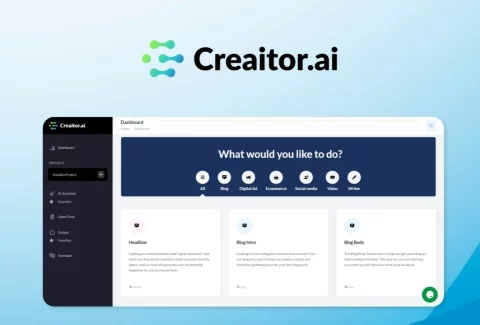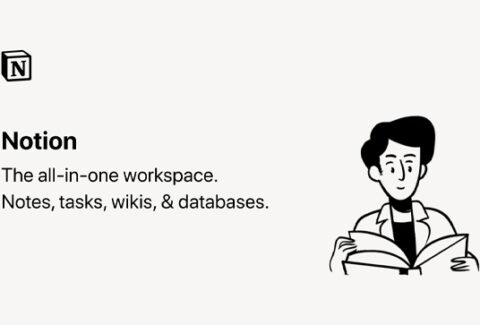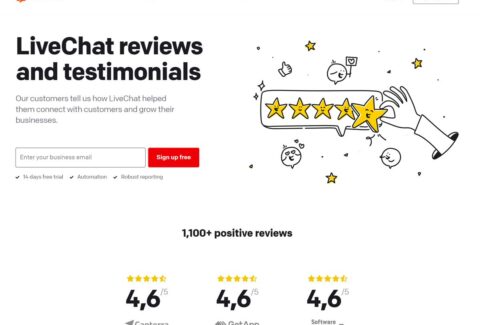11 Types Of Video Content For Your Marketing Strategy
December 22, 2021 2022-07-05 11:2311 Types Of Video Content For Your Marketing Strategy

11 Types Of Video Content For Your Marketing Strategy
There are numerous types of video content. Considering the resources and time limits you have, what kind of video should you create?
Without any doubt, video marketing is an unavoidable part of the content marketing system.
Well, each type of video content suits a particular purpose. Identify your purpose first. Knowing what types of video content to use and avoiding the rest will get better returns on your efforts.
This article covers three objectives that brands mostly use video content for. Namely, creating a brand identity, developing awareness and authority and lastly, retargeting customers.
This Article Contains:
Objective 1: Creating A Brand Identity
- Brand Video
- Announcements
- BTS videos
- Product Demonstration
- Product Guides
Objective 2: Creating Awareness And Authority
- “How to” and “Tips and Tricks” videos
- Case Studies
- Live Videos On Social Media Sites
- Video Ads
- Email Videos
- Testimonials
Let’s dive in!
Objective 1: Creating A Brand Identity
Communicate the usefulness of your brand and its products by:
1. Brand Video
Brand Video is a visual representation of your brand. Consider it as an elevator pitch.
Reflect on how your company differs from the competitors. It’s an opportunity to connect with your potential customers emotionally.
You may highlight the story of how your brand started, your mission, vision, values, or any social welfare projects you undertake. Highlight the problem you help solve and the solution you’ve developed.
Brand video is a one-time investment. Embed it as a website video or post it on social media. It’s also a ready-to-use resource for presentations and conferences.

2. Announcements
Have you ever had an important announcement? Like a product launch, logo rebranding or an event.
Use video marketing to create hype around it.
If you want your audience to stay updated about everything that’s going on, an announcement video is a great way of letting people know about things that are worth their time!
Short-form 15-20 seconds videos do great as they enjoy more visibility and create curiosity to know more.
3. BTS Videos
BTS stands for Behind The Scenes videos. A great way to show your company culture.
Show the human side of your brand through some behind the scene action.
It can be funny and informal. Like an introduction to your team members through titles, showing a messed up desk, or some humorous teasing that takes place in the office.
Or it can be serious. Like how the team worked day and night to pull off an event or how they solved a particular issue.
You can also record an interview with the respective person on how they came up with a new product/campaign/idea. The challenges they faced and how they overcame it.
Such videos don’t help with sales. They’re vital to creating a brand identity.
4. Product Demonstrations
Short videos have grown in popularity, so why not showcase products through them.
It’s better when you show the product instead of talking about it. Especially when it’s about something new.
Show how your product works in real life. Make a quick video highlighting the features and benefits of the product. An unboxing video is also a great idea to show people what they’ll get when they buy. You can add animation, characters, GIF’s etc.
Short clips are terrific at demonstrating what you have to offer within minutes.
5. Product Guide
Product guides are the video form of product manuals.
They don’t contribute to increasing awareness. But help the most recent customer use your product in the most efficient manner.
It assists your sales support team. Whenever a query arises, All they have to do is share a link or a video file and it’s done. Thereby solving the query better and faster.
When you notice a new product-related query becoming popular, make a video around it and inform the potential customers. Cover any updates as well.
This keeps existing customers satisfied and creates a positive image for would-be customers.
Objective 2: Awareness & Authority
Use videos to reach new people and develop authority amongst them.
1.“How-To” And “Tips And Tricks” Videos
Target the “how-to” and “tips and tricks” related search queries in your niche.
Answer them through short or long-form videos.
This has a dual advantage. Firstly, you get visibility among highly targeted potential customers. Secondly, you prove your authority in the niche.
For eg., if you’re a marketing agency for e-commerce stores, make videos on how to create a Shopify store, a guide on dropshipping, productivity hacks or any information your target audience actively looks for.
In fact, incentivize customers to help each other. Create a community where they interact and solve each other’s problems. Customers are more likely to trust other customers than they would trust sellers.
“How-to videos” are a great way for products that cater to an unpopular concept. Video content helps educate them about the new idea.
2. Case Studies
Create videos showing your work and the results achieved.
You may do this through storytelling. Which is a great way to engage your audience.
If you don’t have enough work to show, create a mock project or highlight the work of indirect competitors. Indirect competitors are popular accounts related to your niche. Indirect competitors refer to a popular brand or individual in your niche who’s achieved significant results.
The aim for the latter is to create awareness of why your concept is important.
3. Live Videos On Social Media Sites
Instagram lives, Youtube lives or Linkedin lives. More and more social media platforms are coming up with a live stream option. These platforms also allow posting the live video’s recording on your home feed.
Video marketing is an important part of the overall marketing strategy. In order to get the most out of your videos, take a strategic approach.
This approach means knowing what type of content you should create when you should create it, who you should target and how to measure success.
4. Videos Ads
Since it’s live, it’s a human-to-human conversation. Hence, creates more impact.
Creating a 25-30 second commercial and distributing it via paid promotion is a great way to get the necessary awareness.
Objective 3: Retargeting
Retarget viewers who’ve considered purchasing your product through:
1. Email Videos
Instead of creating a text-heavy email, create an engaging video.
Such engagement videos should be highly personalized. Just like texts.
It’s not possible to make a personalized video for every prospect. So, segment your audience. Create a video for each customer type and use it again and again.
Here are a few examples of how brands use videos in their emails.
2. Testimonials
Sharing video testimonials is better than texts. You get the opportunity to split the screen and show what the customer is talking about, in real-time.
In addition to collecting recommendations, smartly highlight and show the product features.
Record a customer using the product or him/her telling a story about how the product helped him/her. Or what they liked/disliked about the product.
Video testimonials from employees is also a great way to build your team. Record your existing employees talking about the culture, the growth prospects etc.
Potential employees are people who actively use social media. When they come across such videos, they’re incentivized to apply. As a result, you get a lot of applicants to choose from.
So, What’s Your Video Strategy?
In such a video post, you may showcase your product, tell your story or showcase your testimonials. Whatever helps achieve the objective.
Related Posts
Notion Review 2023: Is this Productivity Software any good?
LiveChat Review 2023 : Is this Web Live Chat Software any good?
Search
Popular posts
- How to Build a Multi-Vendor Services Marketplace Using WordPress: A Comprehensive Guide
- Creaitor AI Writing Tool Review 2023: Is this AI Writing Software any good?
- Notion Review 2023: Is this Productivity Software any good?
- LiveChat Review 2023 : Is this Web Live Chat Software any good?
- What is Affiliate Marketing?: The Complete Guide
Categories
Search
Popular products
-
All Access Pass - Digital Asia Summit 2022
₹499.00
₹4,999.00 -
Community Access Pass - Digital Asia Summit'22
₹799.00
₹7,999.00 -
LinkedIn Personal Branding Workshop
₹800.00
₹1,200.00








